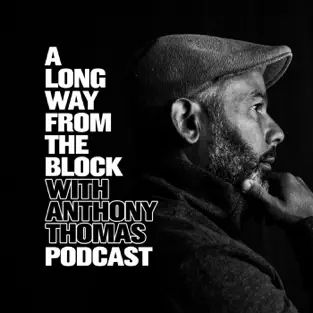
GHK Lall
By GHK Lall – Feb 23, 2023
Kaieteur News – After 53 years of existence as a Republic, Guyana should have so much more to show for that time, so much to be proud about, even boast about, considering our fabulous endowments. In people. In the fruits of the earth, and now of the sea. In the reality of potential and possibilities actually in our hands, in how well we are now positioned. Though I am loathe to acknowledge, after 53 years, we have fallen short of our grand promise, been a huge disappointment. So much given, so little to show for it.
Half of our citizens, however counted, have foreign addresses as their home. The most telling demographic is our youth, the vigorous bloodstream of a polity and people, only for them to live and relive the ancient prejudices and bigotries of their forebears. It is what punishes our social environment, what tampers with our minds, yokes our thinking. We can have all the riches in the world (and we do), but if we do not have the skills and smarts and strengths to make the most expansive (inclusive) use of them, then we are all the poorer for what we have failed to contemplate, prioritize, achieve. We have failed to do so, haven’t we? Continue reading →
 A long way from the block
A long way from the block




Guyana SPEAKS – Town Hall Meeting with Rosalinda Rasul – 11 Apr 2023 17:00 – 20:00 BST
Share this: